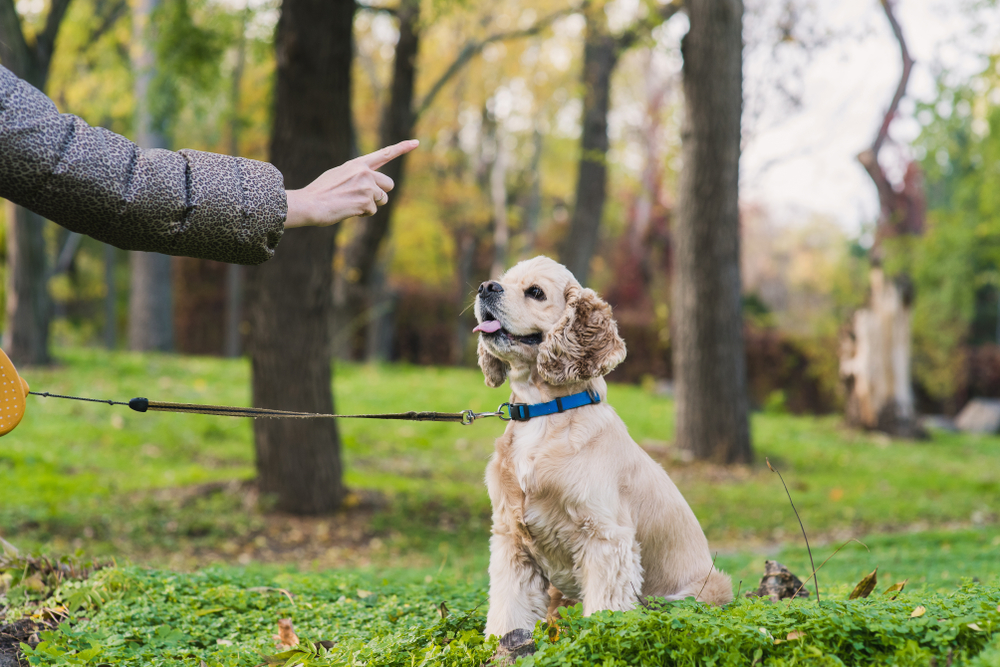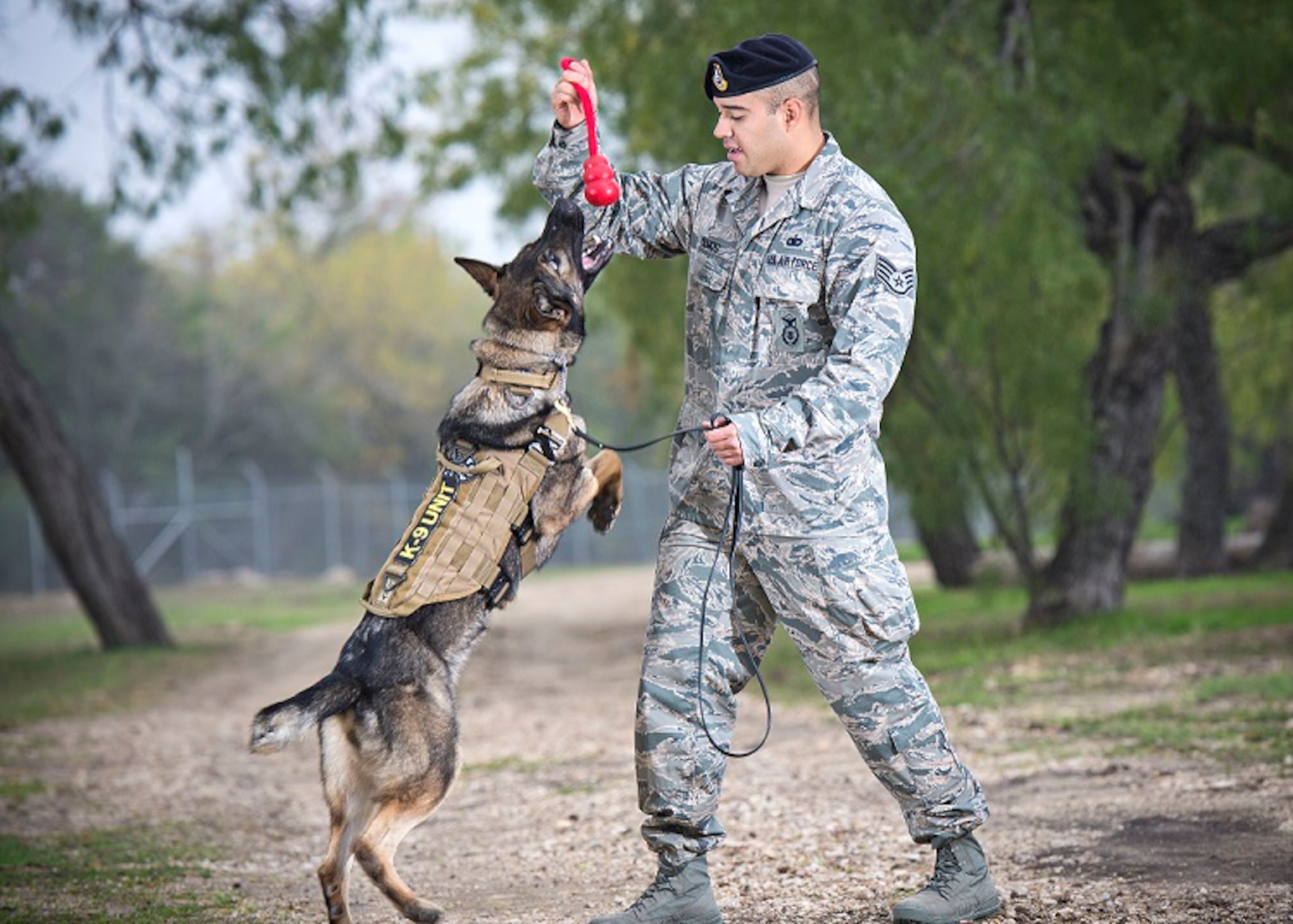Newbie's Guide to Effective Dog Training in your home
Efficiently educating a dog in the house needs a nuanced understanding of canine behavior and efficient interaction methods. Developing clear training goals, utilizing top notch rewards, and keeping consistency across family members are crucial components. Incorporating training right into daily regimens can enhance both interaction and retention. Nonetheless, numerous newbie fitness instructors run into difficulties that might impede progress. To navigate these complexities efficiently, it's necessary to check out a number of vital facets that can transform your strategy and result in an unified partnership with your animal. What fundamental principles should every newbie grasp to make certain success?
Comprehending Canine Behavior
Understanding canine habits is essential for effective training and cultivating an unified partnership between people and their canine buddies - Puppy Training. Pets interact primarily via body movement, vocalizations, and faces, making it critical for proprietors to translate these signals accurately. Recognizing behaviors such as tail wagging, grumbling, or cring can provide understandings right into a canine's emotional state and intentions
Additionally, comprehending the all-natural impulses of canines, such as their pack way of thinking, aids owners establish management roles within the house. This is crucial for producing a structured setting where dogs really feel secure and are extra responsive to training. Canines are likewise influenced by their socialization experiences; early exposure to various environments, individuals, and other animals can substantially form their actions later on in life.
Common behavioral problems, such as aggression, anxiety, or extreme barking, usually stem from misconceptions or unmet demands. Observing and dealing with these problems immediately can protect against acceleration and make sure a positive training experience. By cultivating a deep understanding of dog actions, proprietors can tailor their training approaches to match their canine companions, inevitably bring about a contented and well-behaved family pet.

Essential Educating Devices
A fully equipped training area can dramatically enhance the performance of pet training in the house. Vital training tools make certain that both the trainer and the dog can involve in productive sessions that foster knowing and bonding.

Investing in a durable chain and a comfy, well-fitting collar or harness is essential for safety and security and control. These tools assist establish boundaries and make certain the canine continues to be secure throughout training. In addition, an assigned training location, devoid of diversions, help focus for both the trainer and the pet dog.
Training aids such as training pads, cones, or agility equipment can likewise boost the experience by presenting range and difficulties. Finally, having a note pad or digital application for tracking progression can be invaluable, permitting you to keep in mind successes and areas for renovation. Making use of these essential tools will certainly develop a positive training atmosphere and lay the structure for reliable understanding.
Producing a Training Routine
Establishing a regular training routine is important for effective pet training at home. A well-structured regular not only assists in enhancing desired actions however likewise offers your pet with a feeling of safety and predictability. To develop an effective training regular, begin by determining particular training goals, such as basic commands, chain walking, or house-breaking.
Pick a marked time every day for training sessions, ideally when your pet dog is sharp and receptive. Procedure must be brief, approximately 5 to 15 minutes, to maintain focus and stop tiredness. Uniformity in timing and atmosphere will certainly boost your dog's understanding experience.
Incorporate training into everyday activities to strengthen abilities. Method commands during walks or nourishment, which integrates learning linked here right into all-natural routines. In addition, remain versatile and adjust the regular as required, fitting your canine's energy levels and mood.
Favorable Reinforcement Methods

When implementing favorable reinforcement, it is important to select rewards that are encouraging for your pet dog. High-value deals with, such as small pieces of hen or cheese, can be specifically effective throughout training sessions. In addition, varying the incentives can preserve your pet's passion and enthusiasm.
Start with straightforward commands, like "rest" or "remain," and slowly development to extra intricate tasks. Consistency is crucial; make certain that all member of the family make use of the very same commands and benefit systems to avoid complication.
Moreover, it is crucial to continue to be client and prevent frustration. Dogs, like people, learn at their own rate. By fostering an encouraging training setting through favorable support, you can improve your pet dog's understanding experience while enhancing the bond in between you and your furry friend, laying the groundwork for effective training outcomes.
Usual Training Difficulties
While training a pet dog in the house can be a fulfilling experience, it frequently features a collection of common difficulties that can evaluate both perseverance and uniformity. One widespread issue is distraction. Pet dogs might become quickly sidetracked by noises, motions, or also fragrances in their environment, making it challenging to maintain their focus during training sessions.
An additional obstacle is variance in commands and support. It can perplex the pet dog and impede progression if family members utilize various hints or incentives. Establishing a unified approach is vital for reliable interaction.
In addition, dogs can experience stress or anxiety, particularly if they do not understand what is anticipated of them. This can result in undesirable habits, such as barking or chewing.
Finally, the timing of reinforcement is critical. Postponed benefits can lessen the effectiveness of positive reinforcement, as canines may fail to link the habits with the reward.
Getting rid of these challenges requires commitment, clear interaction, and a structured training plan - Puppy Training. Acknowledging and attending to these usual obstacles will certainly lead the way for a much more pleasurable and successful training experience at home
Final Thought
In final thought, successful pet training at home demands a detailed understanding of canine habits and effective interaction strategies. By establishing clear training goals and using premium treats along with favorable reinforcement, the training process comes to advice be extra fulfilling for both the dog and the fitness instructor. Adaptability, patience, and uniformity are vital elements that facilitate knowing. Inevitably, integrating training right into daily regimens enhances the bond between pet and owner, making the experience both efficient and enjoyable.
Establishing a consistent training routine is crucial for reliable pet training at useful link home.Favorable reinforcement methods are fundamental to reliable dog training, promoting wanted behaviors via incentives rather than punishment. By promoting a helpful training atmosphere with favorable reinforcement, you can enhance your pet's understanding experience while reinforcing the bond in between you and your fuzzy buddy, laying the groundwork for successful training end results.
In conclusion, effective pet dog training at home requires an extensive understanding of canine habits and efficient interaction approaches. By establishing clear training goals and making use of top notch treats along with favorable reinforcement, the training procedure comes to be more gratifying for both the trainer and the pet.